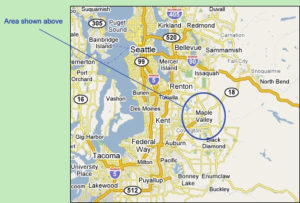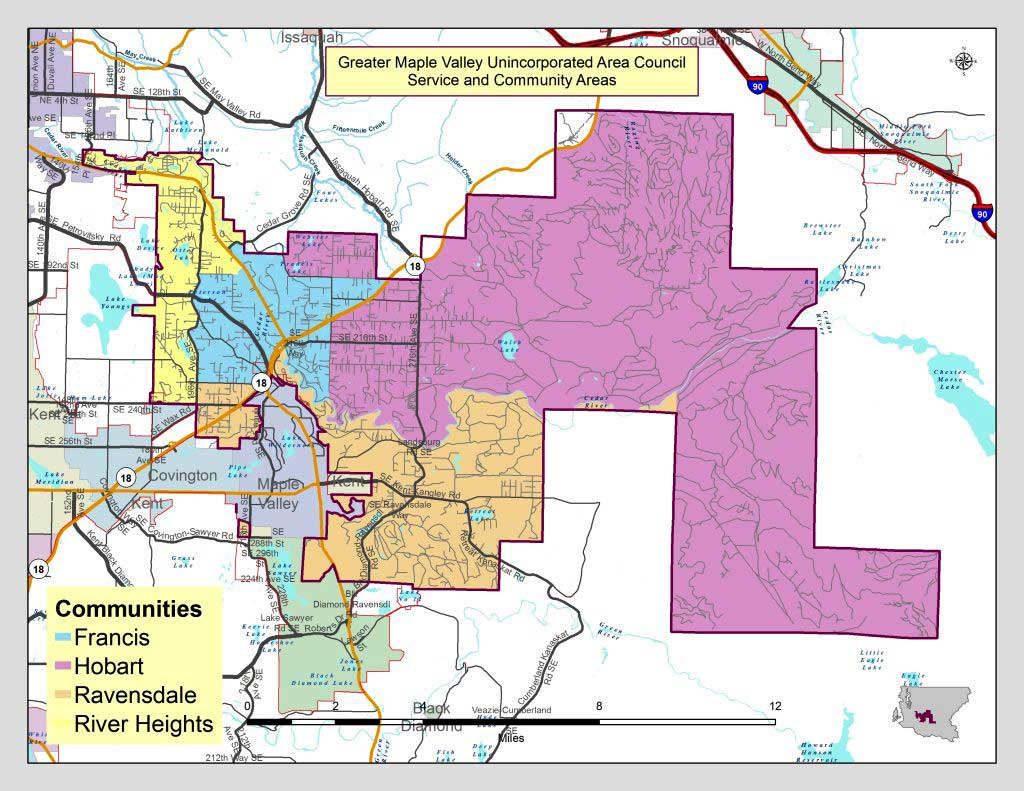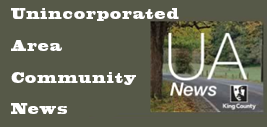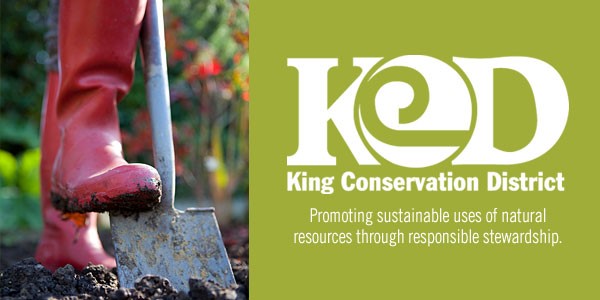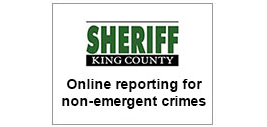Guiding Principles
1. CAPITAL FACILITIES
Do not locate regional capital facilities outside the urban growth area unless it is demonstrated that a non-urban site is the most appropriate location for such a facility. Do not provide urban services in rural areas. Design services for limited access when they are needed to solve isolated health & sanitation problems, so as not to increase development potential of the surrounding rural area. Provide a realistic plan to close the Cedar Hills Regional Landfill.
2. CODE ENFORCEMENT
Prioritize Code Enforcement; Enforce Haul-Route Agreements.
3. INDUSTRIAL FACILITIES
Do not allow Industrial-scale operations including: Materials Processing Facilities (requires change to KC Code 21A.08.080 — Manufacturing); Composting Facilities; and Winery/Brewery/Distillery retail tasting facilities.
4. PERMITTING
Tighten “vesting” rules for when a permit application is found to be “complete.” Do not allow Upzones.
5. PLANNING
Ensure consistency of plans among adjacent jurisdictions (e.g., city and county) as required by the State’s Growth Management Act to ensure consistency for connecting routes.
6. CONCURRENCY
Develop, implement, and evaluate concurrency programs and methods that fully consider growth targets, service needs, and level-of-service standards. Work to coordinate rate of future growth in small suburban cities to be concurrent with the provision of adequate capacity on state highways to serve the city-to-city traffic flows. Institute fees for Urban pass-through traffic on County roads.
7. TRANSPORTATION
Replace all existing impact mitigation and concurrency management standards and regulations with a new system based on vehicle-miles-of-travel as a common basis for measurement of development impacts, mitigation, and multi-modal system capacity.
Greater Maple Valley
The GMVUAC serves the residents of unincorporated King County living in the Tahoma School District No. 409 (outside the city limits of Maple Valley). Our Washington nonprofit corporation was established in 1977; we serve a population of 16,100 (2010 Census); and our service area is 116 sq mi. Below is a map of our Service Area and the four Community Areas:
GMVUAC Monthly Meeting Articles
2025
* 5/5--JRT / KC Forum
* 4/7--Segale Mine
* 3/3--Reserve Silica
* 2/3--CAO Update
* 1/6--KCCP Update
2024
* 12/2--OSS Code Changes
* 11/4--Kickoff of Local Plan
* 10/7--Director of KC DLS
<8/5--No Article>
* 7/1--On-Site Septic Systems
* 6/3--Local Community Planning
* 5/6--Dept. of Local Services
* 4/1--Local Subarea Plan
* 3/4--Letter To KC Executive
* 2/5--Comments on KCCP Update
* 1/15--TSD 2024 Levies
For prior years see: Monthly Articles

